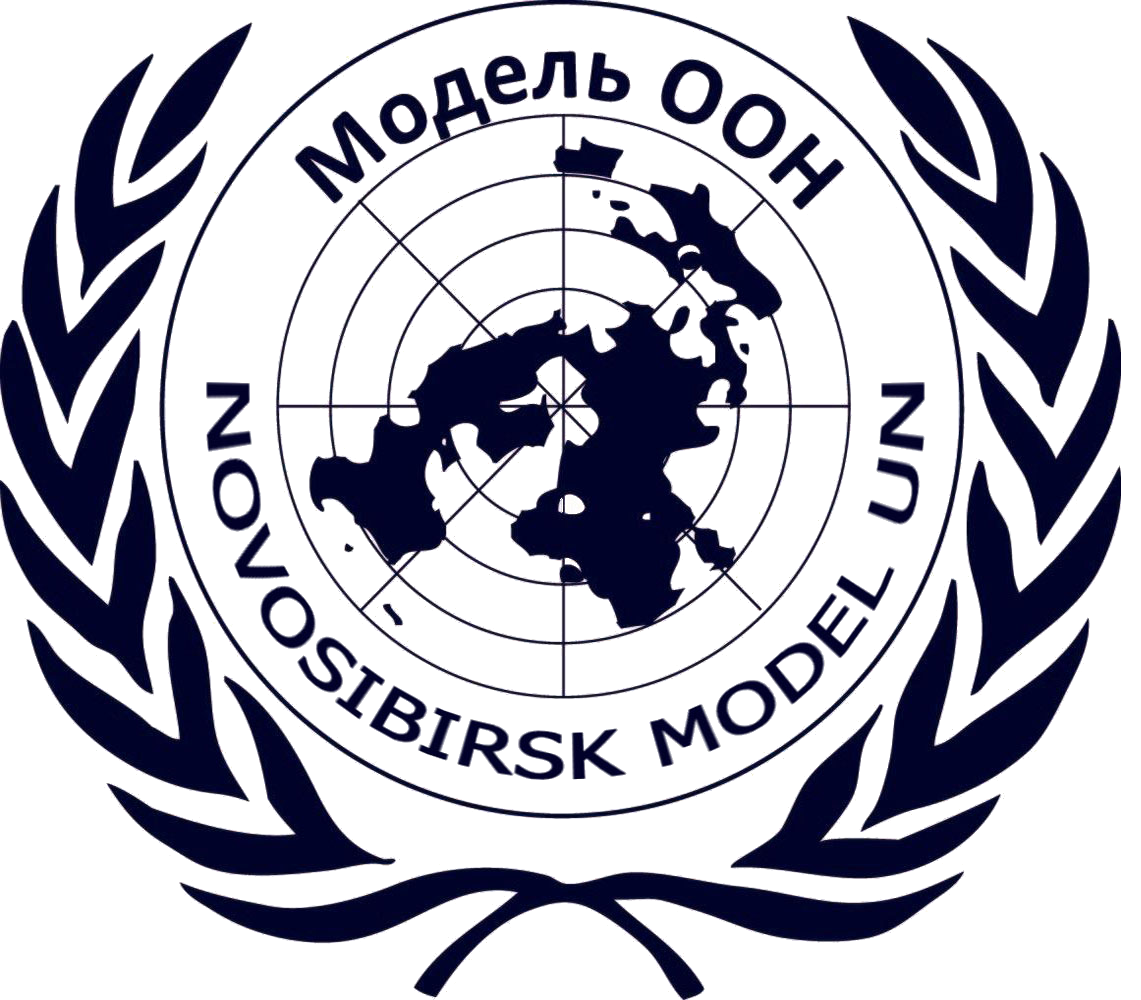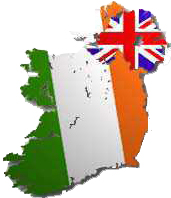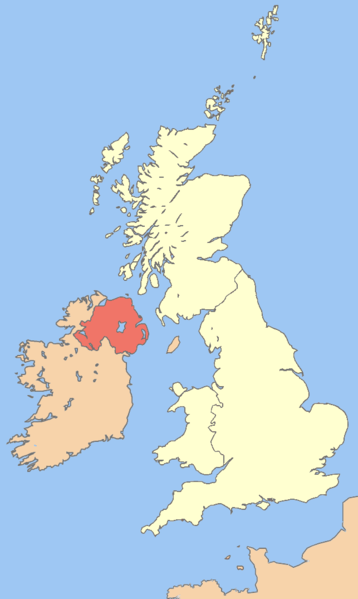
NOVOSIBIRSK MODEL UN – 2014

Expert report for UN Security Council
I ssues
of the International Recognition of New States: the Case of Northern
Ireland
ssues
of the International Recognition of New States: the Case of Northern
Ireland
Gleb Toropchin,
PhD student, School of History and International Relations, Department of Modern and Contemporary History and International Relations,
Kemerovo State University
Novosibirsk – 2014
CONTENTS
Introduction 4
I. Historical retrospective 6
III. Recent developments 10
Conclusion 13
Introduction
Formation of the new states is one of the global political trends in the modern era. The beginning of the 21st century was marked by several cases of the creation of new countries. As such, in the late 1990s and early 2000s Democratic Republic of Timor Leste was formed on the island of Timor, gaining independence from Indonesia with the support of the UN.
However, probably, the most controversial (and important for contemporary international law) example in this regard was the following: in February 2008, Kosovo proclaimed itself an independent state. Interestingly enough, declaration of Kosovo independence and its backing by certain UN states (U.S. in the first place) became a precedent in the international relations system. This fact was recognized both by experts in this field (for instance, Otto Luchterhandt, Professor of Law at the University of Hamburg1) and by politicians (e.g. Igor Smirnov, former leader of the Pridnestrovian Moldavian Republic2 and Czech Republic President Václav Klaus3).
Thus, after the military conflict in 2008, independence of Abkhazia and South Ossetia from Georgia was recognized by the Russian Federation (and several other countries as well). In March 2014, the Republic of Crimea made a decision to proclaim itself an independent entity and subsequently initiate the process of accession to the Russian Federation (again, Kosovo precedent was cited in this case).
At the same time, declaration of independence of the Republic of South Sudan that was held in July 2011, after the referendum in January 2011, was relatively peaceful. Regardless of that, tensions that even lead to armed clashes on the border between Sudan and South Sudan took place afterwards4.
Even in Europe, which is considered to be a relatively stable region for that matter, there are some provinces in several countries that are likely to separate from the states. It is political movement for independence of Catalonia from Spain and France, claims to form an independent Basque state (which are not only supported politically but are also connected with terrorist attacks by ETA), Corsican nationalism, Scottish independence movement and some other phenomena. This paper deals with the case of Northern Ireland, another part of the United Kingdom that can potentially claim independence and reunification with Ireland.
I. Historical retrospective

Source: http://www.law.georgetown.edu/rossrights/chapters/7.html
The roots of the conflict date back to the period of Middle Ages. In 1542, King of England, Henry VIII made a successful attempt to establish English-controlled Kingdom of Ireland; however, he did not succeed in introducing the Protestant Reformation, as most of the population remained Catholic. The following centuries were marked by occasional protests and uprisings of the local landholders (Rebellion of 1641 is, probably, one of the most tragic events for Ireland in 17th century) that even led to wars on the religious grounds in 1641-1652 and 1689-1691.
According to the 1691 Treaty of Limerick, Irish landowners were virtually discriminated by the ruling class (predominantly belonging to the Anglican church). There were more armed conflicts and mutinies in the 18th century; people actively migrated to the British colonies in America. As a result, in 1801 it was declared that the two islands were united under the rule of the British crown, forming the United Kingdom of Great Britain and Ireland (commonly known as the British Empire). It is necessary to mention that in 1840s many Irish people left the country due to the Great Famine.
The next key point is early 20th century: progressive and liberal politicians were regarding the possibility of introducing so-called Home Rule. But the difference between the opinions of the House of Lords and the House of Commons eventually reflected in the 1911 Parliament Act. Nevertheless, not all representatives of the Irish elites were in favour of Home Rule: Conservative and Unionist Party and Ulster Volunteers sought maintenance of the status quo.
After World War I was over, the ideas of partition of Ireland came at the fore. The situation was aggravated by the war between the Irish forces (in particular, Irish Republican Army, or IRA) and British military (1919-1921). In 1919, the UK Prime Minister David Lloyd George proposed the creation of two Home Rule areas on the island: 26 counties with Dublin as an administrative centre and 6 counties ruled from Belfast (Southern Ireland and Northern Ireland, respectively. This was implemented in Government of Ireland Act 1920; as for Anglo-Irish Treaty signed in 1922, Northern Ireland became a part of the Irish Free State with the right to separate from it and reunite with the United Kingdom under Irish Free State Constitution Act 1922. The Parliament of Northern Ireland immediately used this right, and the territory of Northern Ireland became a part of the UK.
Finally, a period that is closer to the modernity is usually called «The Troubles»5. It encompasses three decades, since 1968 to 1998. It has to do with the struggle within Northern Ireland itself (on the one hand, it is Protestant royalist majority; on the other hand, these are Republicans nationalists). Northern Ireland as an independent state is the goal of the latter. During these 30 years, more than three and a half thousand people fell victims. In 1969, the Provisional Irish Republican Army (PIRA) split from the Official IRA and resorted to the strategy of the «long war». Notwithstanding any compromises (such as the 1985 Anglo-Irish Agreement), the confrontation between Unionists and «Sinn Féin» (political wing of the IRA) was still the main issue in the relations between London and Belfast. At any rate, peace process initiated in 1996 ended up with the 1998 Good Friday Agreement signed in Belfast which satisfied all of the parties but for Democratic Unionist Party (DUP). Its main consequence is the return of self-government to Northern Ireland (therefore, direct rule and autonomy was introduced again). Most of the electors (both in Ireland and Northern Ireland) voted in favour of this agreement at the referenda. 2000s turned out far less problematic under these circumstances; at any rate, the question is far from being solved. Some academicians tend to refer to it as a neglected crisis.
